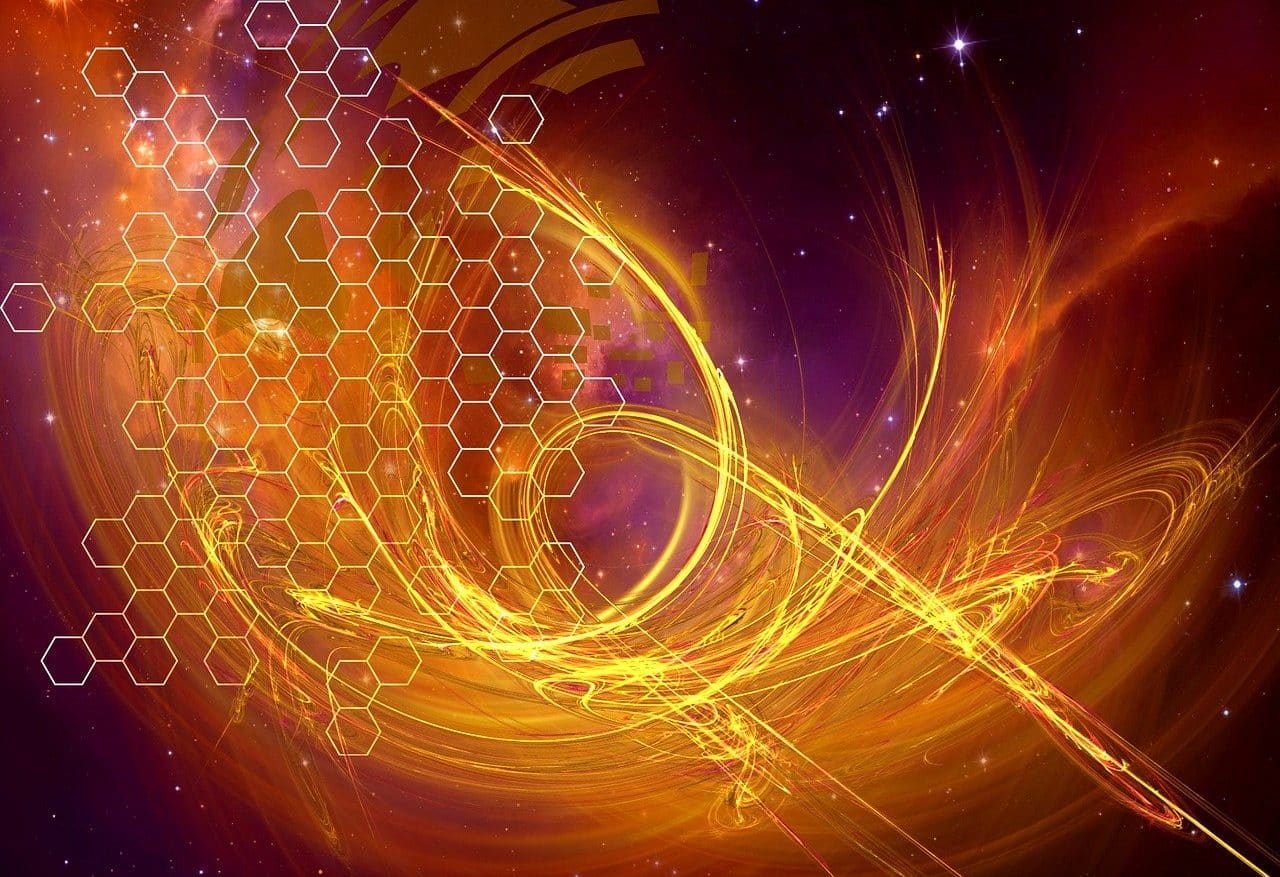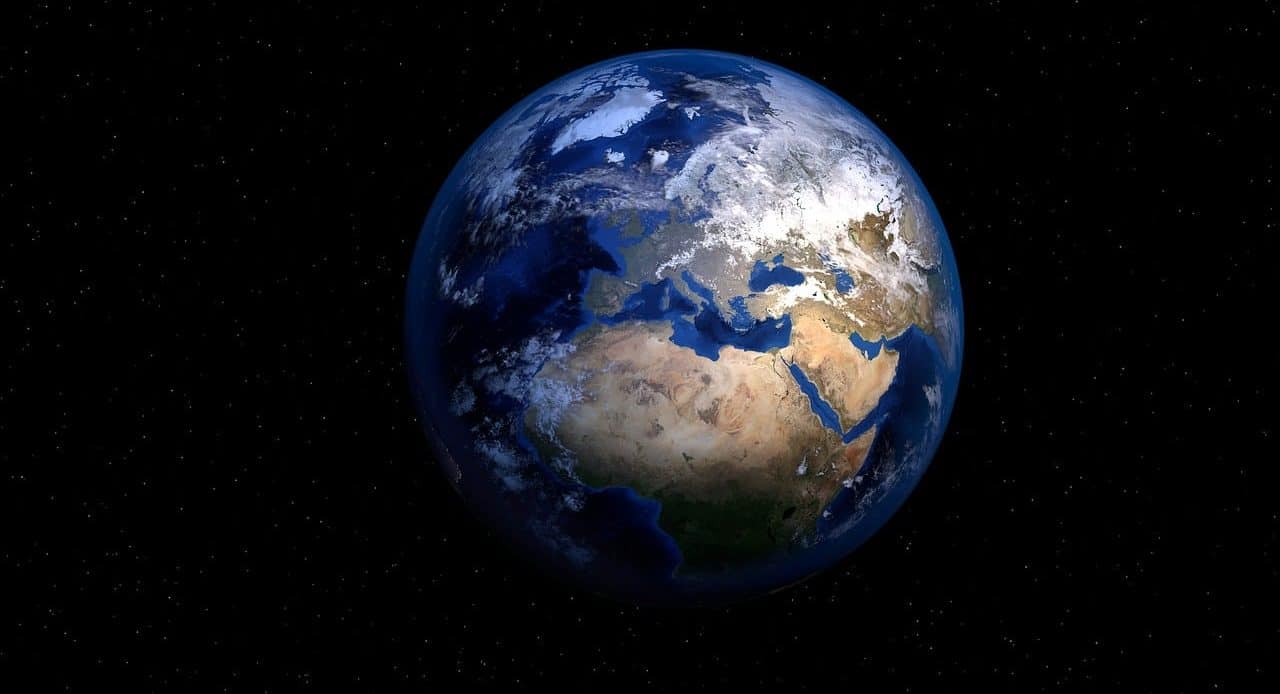
Space-time is not continuous at small scales, but is made up of discrete units.
Quantum gravity is an area of theoretical physics that seeks to unify Einstein's theory of general relativity, which describes gravity on large scales, with quantum mechanics, which describes the behavior of subatomic particles on very small scales. In essence, it tries to explain how gravity works at a fundamental level, taking into account the principles of quantum mechanics.
One of the main goals of modern theoretical physics is to develop a complete theory of quantum gravity. So far, several approaches are being actively investigated, such as string theory, loop theory, spin-lattice quantum gravity and others. Each has its own implications and challenges.
Fundamental principles
One of the principles of quantum gravity is the idea that space-time can be quantized , that is, that on very small scales or at fundamental levels, it is not continuous, but is composed of discrete units or grains . This suggests a microscopic structure of spacetime that could be different from the smooth, continuous description given by general relativity.
Furthermore, some theoretical approaches suggest that the space-time we experience on macroscopic scales can emerge from fundamental processes. This concept is known as emergent spacetime , and its properties may arise from more fundamental interactions, possibly at the quantum level.
The existence of a particle that mediates gravity , called a graviton , is also postulated. According to field theory, interactions between particles are carried out through the mediation of particles called bosons.
Virtual gravitons are hypothetical particles that arise in the context of quantum field theory applied to gravity. According to this theory, gravitational interactions between particles can be understood as exchanges of gravitons, which would be the carriers of the gravitational force , just as photons are the carriers of the electromagnetic force in quantum field theory.
Quantum gravity also addresses the question of the unification of the fundamental forces of nature with the other three: electromagnetic, strong nuclear and weak nuclear. A unified theory is sought that describes them all coherently, which would lead to a deeper understanding of the structure of the universe at both microscopic and macroscopic scales.

Quantum gravity attempts to unify all fundamental forces.
Main approaches
Quantum gravity is an active field of research that has given rise to several theoretical approaches to attempt to reconcile gravity with quantum mechanics. Below we describe some of the most relevant.
String theory and superstrings
String theory postulates that fundamental particles are not point particles, but vibrating one-dimensional strings . These can have different modes of vibration, which corresponds to the various particles and forces observed in the universe.
String theory seeks to unify all of nature's fundamental forces , including gravity, into a coherent mathematical framework. Supergravity is a version of string theory that includes supersymmetry , which relates the integer spin particle (bosons) to the half spin particle (fermions).
In this context we must mention:
- the cosmic string : a theoretical structure postulated in quantum cosmology and particle physics according to which particles form during the early stages of the universe and could be responsible for the formation of large-scale structures such as galaxies and galaxy clusters;
- open and closed strings : open strings have free ends, while closed strings are analogous to loops without ends. These two types of strings play an important role in the predictions and descriptions of string theory.
Loop Quantum Gravity (LQG)
An approach to quantum gravity that is based on Einstein's theory of general relativity but, instead of considering space-time as continuous, postulates that it is composed of loops . These form a discrete network that represents the structure of space-time at very small levels. Loop quantum gravity focuses on resolving the conceptual difficulties that arise when attempting to quantize gravity.
Non-perturbative theories (non-perturbative quantum gravity)
They seek to describe quantum gravity without resorting to perturbation series expansions. Loop quantum gravity is an example of a non-perturbative theory, since it is not based on a series expansion of the coupling constant. These theories attempt to approach quantum gravity directly from first principles, without assuming that the interactions are small.
Perturbative theories (perturbation theory)
These theories try to describe quantum gravity using perturbative quantum field theory techniques. String theory, in its original formulation, can be seen as a perturbative theory in which strings are expanded around classical configurations. However, perturbative approaches also exist within loop quantum gravity and other non-perturbative theories.
Other emerging approaches
There are other emerging theoretical proposals in the field of quantum gravity. These include the holographic principle, non-commutative geometry, quantum information theory, and causal network theory. Each of these approaches has its own characteristics and challenges, and all contribute to the evolving landscape of quantum gravity.

According to the anthropic principle, physical laws seem to promote the existence of life.
Related principles
Equivalence principle
Central postulate of Einstein's theory of general relativity, which states that gravity is indistinguishable from acceleration . In other words, an observer in free fall cannot distinguish between feeling the gravity of a massive body and being in an accelerated reference frame. This principle is fundamental to understanding how mass and energy warp space-time.
Superposition principle
One of the fundamental principles of quantum mechanics , which states that a physical system can be in multiple states at the same time , before being observed. This means that particles can exist in a linear combination of different states until a measurement is made.
Principle of least action
Also known as Hamilton's principle or principle of stationary action , it states that the path followed by a physical system between two points in space-time is one for which the action (an integral measure of energy along the path) is stationary, that is, minimum or maximum. This principle is used in the formulation of various physical theories, including classical mechanics and quantum field theory.
Uncertainty principle
Formulated by Werner Heisenberg . It states that it is impossible to simultaneously know with absolute precision the position and momentum (or momentum) of a particle. The more data we have on one of these magnitudes, the less we have on the other, and vice versa. This principle has fundamental implications for our understanding of the probabilistic nature of the quantum world.
Anthropic principle
It refers to the observation that the physical laws of the universe appear to be finely tuned to allow the existence of life as we know it. It proposes that conditions must be compatible with the existence of conscious observers, like us. This principle has been discussed in the context of quantum gravity and other areas of theoretical physics to address questions about the nature of our observed universe.
